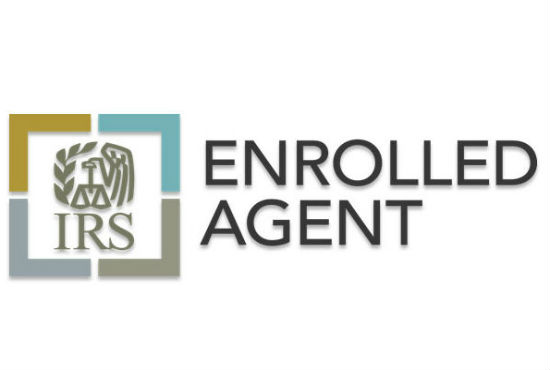By Justin Fundalinski, MBA | June 20, 2017
 I was perusing through the introduction of Wade Pfau’s (a well published, well researched, retirement planning guru) book on Reverse Mortgages and I was just in awe as to how precisely his principals matched up to our office’s in regards to retirement planning. That said, he concisely addressed the retirement risks that that we at the office are ever challenged to overcome for our clients. In this month’s newsletter I wish to share his bullet points with some additional perspective.
I was perusing through the introduction of Wade Pfau’s (a well published, well researched, retirement planning guru) book on Reverse Mortgages and I was just in awe as to how precisely his principals matched up to our office’s in regards to retirement planning. That said, he concisely addressed the retirement risks that that we at the office are ever challenged to overcome for our clients. In this month’s newsletter I wish to share his bullet points with some additional perspective.
Retirement Risks [1]:
- Reduced earnings capacity
- Visible spending constraints
- Heightened investment risk
- Unknown longevity
- Spending Shocks
- Compounding Inflation
- Declining cognitive abilities
Reduced Earnings Capacity:
We relate this to human capital (skills, knowledge, or experience) in the office, but reduced earnings capacity is pretty concise. The risk here is fairly clear. Once you retire (or age) it will be much more difficult for you to use your human capital to generate earnings or return to the labor force. The real risk is that you cannot respond to poor portfolio returns or unexpected expenses by earning income. In some cases human capital can be included from a planning perspective as a buffer to other retirement risks because it may be easily capitalized on or used in consulting capacities; however it is very rare that we see such cases so don’t count on it.
Visible Spending Constraint:
We tend to relate this to the concept that retirees need to move from an accumulation portfolio (a portfolio that does not have any outgoing cash flow and has significant time to recover from market downturns) to a distribution portfolio (a portfolio that is constrained in growth by lower risk capacity and risk tolerance, outgoing cash flows and how disruptive distributions can be to a portfolio that is experiencing negative returns, and the need to stretch withdrawals for an unknown period of time). The risks of this come down to a few things:
- Growth is constrained
- Reducing your spending due to market conditions is difficult if not impossible
- Generating sustainable income is not addressed in traditional accumulation portfolio management styles
- Because of outgoing cash flows, a retiree’s portfolio simply does not recover when markets recover from downturns.
Heightened Investment Risk:
This is synonymous for sequential risk. Sequential risk is the risk of receiving low or negative returns early in retirement while withdrawing from a portfolio for income needs. This is a very well-studied concept and the effects are sequential risk are outstanding. Think of it this way – a well portfolio may have significant average returns over a 30 year period (much of what history has shown us). However, a portfolio that has poor returns early on may be on a catastrophic path to zero, compared a portfolio that has the same average return but poor returns in the middle or end of its timeline. In a nutshell you can think of it this way; when you are withdrawing from a portfolio the timing of returns matters way more than your average return.
Unknown Longevity:
We talk about this a lot. It is really hard to make a plan when you don’t know how long somebody is going to live for. Pfau sums this up quite well when he reminds us half the population is going to outlive their statistical life expectancy, and that the statistic is only increasing as medical and scientific procedures become more effective at prolonging life. Appropriate income planning tends to be a great hedge to this significant unknown.
Spending Shocks:
It is really important retirees maintain a preservation of liquidity in the event of an unknown large expense. We all know the possibilities of emergency medical or long term care expenses, a divorce, a family emergency, or an act of god are real. Think of the risk like this, a retiree might have a great pension that meets all of their day to day retirement needs and more, but if they don’t have a nest egg on the side any spending shock could derail what seemed to be an ideal retirement.
Compounding Inflation:
This is a personal favorite of mine. Not that I like the effects of compounding inflation, but that to this day every analysis that we do gives me a little shock when we visualize the effects of compounding expenses. I get it when Einstein called it the “eighth wonder of the world” – for me, it is amazing to look at no matter how many times I have seen it before. Combine compounding inflation with some of the other risks mentioned above (specifically sequential risk and a constrained portfolio) and the let’s just say the risks compound upon themselves.
Declining Cognitive Abilities:
We all know that as we age simple concepts or tasks become more difficult to understand or do. Apply this to managing a distribution portfolio along with day to day finances and you or your surviving spouse become vulnerable. You simply (but potentially catastrophically) may not be able to manage your finances, but more than that you likely you will be exposed to (or worse become a victim of) fraud or theft. Knowing this and having a plan is place is a very important part of retirement planning.
If you are interested in learning more about how we manage and hedge this risks in retirement please reach out to the office and just ask!
[1] Pfau, Wade D. “Overview of Retirement Income Planning.” The Retirement Researcher’s Guide Series, Reverse Mortgages, How to Use Reverse Mortgages to Secure Your Retirement.








